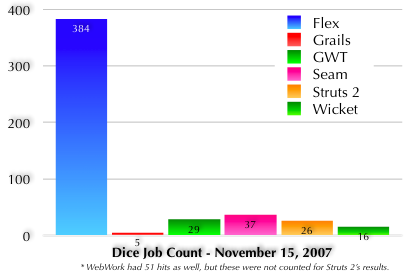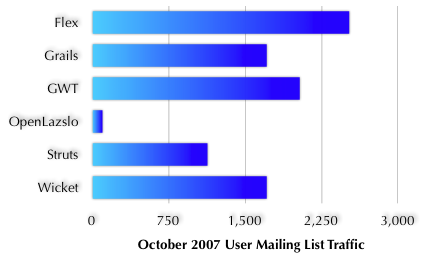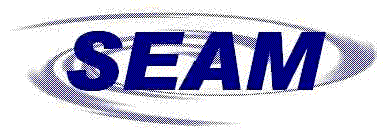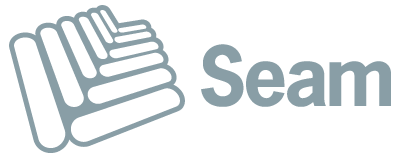Comparing JVM Web Frameworks Presentation
Early this morning, I assembled a Comparing JVM Web Frameworks presentation in preparation for my talk tomorrow at ApacheCon. As mentioned on Monday, this presentation compares Flex, Grails, GWT, Seam, Struts 2 and Wicket. While I think this presentation would be fun to deliver, I don't believe it has as much meat as the original talk I was planning to give. My original talk compares JSF, Spring MVC, Stripes, Struts 2, Tapestry and Wicket. Since I've used all these frameworks, I'm able to compare them more on their technical features. Since I haven't used Flex, GWT or Seam, there was no way for me to 1) try them all before tomorrow and 2) do a thorough analysis of how well they each handle my desired features.
Since the abstract on ApacheCon's website mentions my original presentation, I don't want to yank out the carpet and present the second without asking. So my plan is to ask the audience which one they'd rather hear and continue from there. I've updated both presentations with the latest statistics and uploaded them for your review. For those of you who've used these frameworks, I'd be interested to hear how accurate you think my Pros and Cons section is. If you know of better pros or cons, please let me know and I'll adjust as needed.
- Comparing JSF, Spring MVC, Stripes, Struts 2, Tapestry and Wicket
- Comparing Flex, Grails, GWT, Seam, Struts 2 and Wicket
While creating the 2nd presentation, I found a couple things that surprised me. The first is how popular Flex is - not only in job listings, but also in skilled developers and mailing list traffic. Below is a graph that shows how there aren't many jobs for most of the frameworks, but there's lots for Flex.

The following graph illustrates while I chose to use Flex instead of OpenLaszlo as the Flash framework. OpenLaszlo has a much smaller community than Flex.

The second thing that was surprising is Seam doesn't have a logo! How does it ever expect to become a popular open source project without a logo?! It's amazing they've made it this far without having this essential feature. To motivate the creation of a Seam logo, I'm using the following butt-ugly logo in my presentation (found here). Hopefully something better comes along before I deliver my talk tomorrow. 

Update: Monday's post started an interesting thread on Stripes' mailing list. Also, I really like Spring MVC's new annotation support. It'd be nice to see it go a step further and use defaults (like ControllerClassNameHandlerMapping + subpackage support) and only require annotations to override the defaults. IMO, Stripes, Spring MVC and Struts 2 are all excellent choices if a request-based framework provides the best architecture for your application.
Update 2: Comparing Flex, Grails, GWT, Seam, Struts 2 and Wicket seems to gave gained a lot of interest (and support) in the blogosphere. Because of this, I'm considering submitting it as a JavaOne talk. If I were to do this, how would you like to see this presentation changed and improved?
Update 3: I received the following Seam logo via e-mail. Thanks Christian!

Update 4: I've updated the Dice.com graph to include "Java" with every search term. To understand the comments on this entry, you might want to view the previous graph.
Update 5: This presentation was posted to the Wicket User mailing list. I followed up asking users to post the pros and cons of Wicket. Now there's a lengthy thread on Wicket's Pros and Cons. Good stuff.

